Capability building in user centred design and service design
by Ignacia
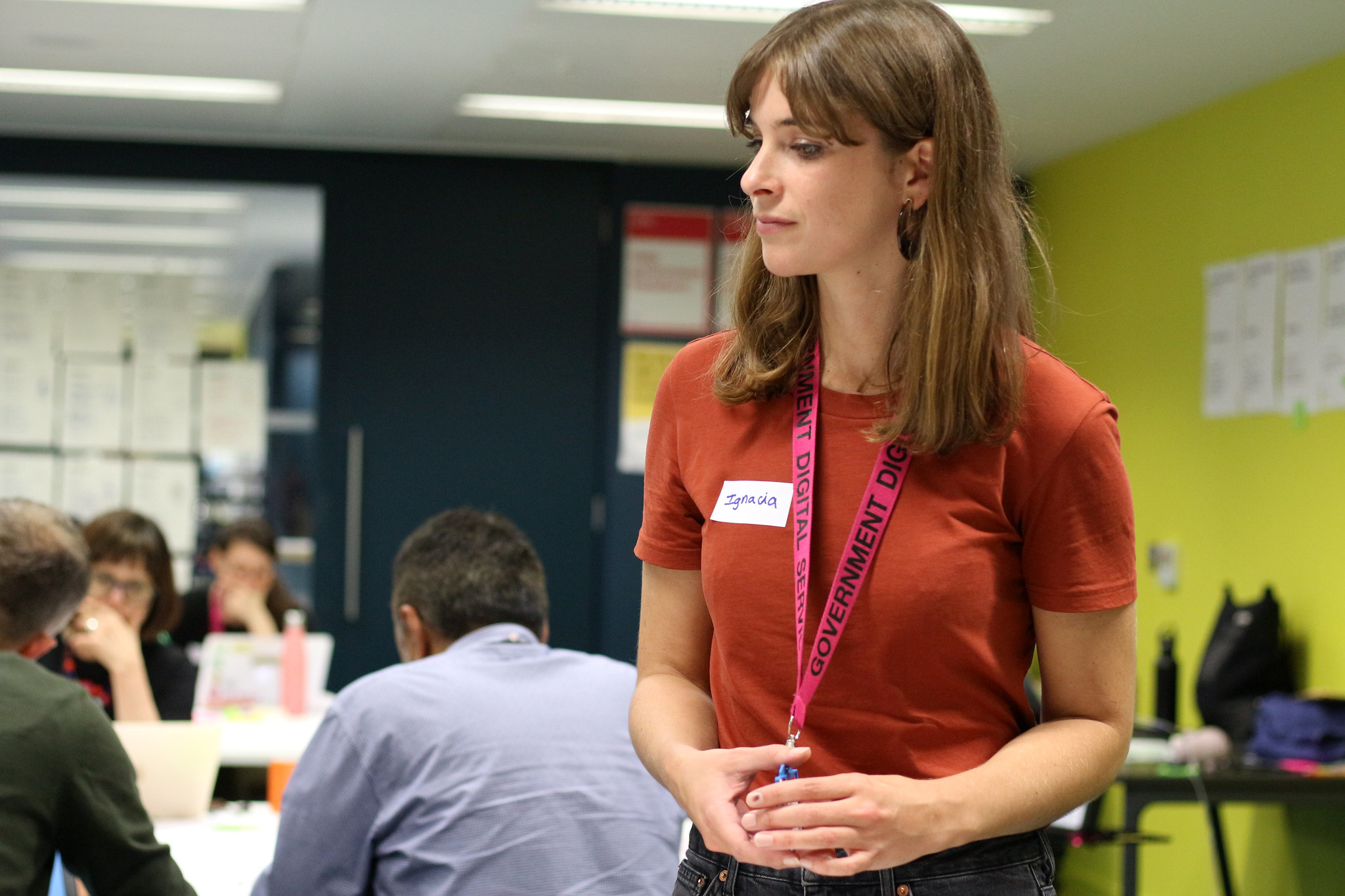
Training
I’ve supported the building of design and UCD capability in GDS and across government by delivering training courses, facilitating team sessions, and providing 1-2-1 coaching.
I co-ran courses with Martin Jordan and Clara Greo, including:
- Introduction to service design (1 day course)
- Service Design in practice (2 day course)
- Introduction to user centred design (research and design in government) (1 day course)
- Being a designer in government (1 day course)
- Power and Privilege (1 day course. Co-run with Hannah Jump. Originally created by Clara Greo and Sonia Turcotte)
Facilitating workshops
I’ve also run specific sessions for teams to improve products and services, and facilitated sessions in meet-ups for communities of practice to share methods and approaches to service design. The following show 3 examples of workshops:
Power and Privilege
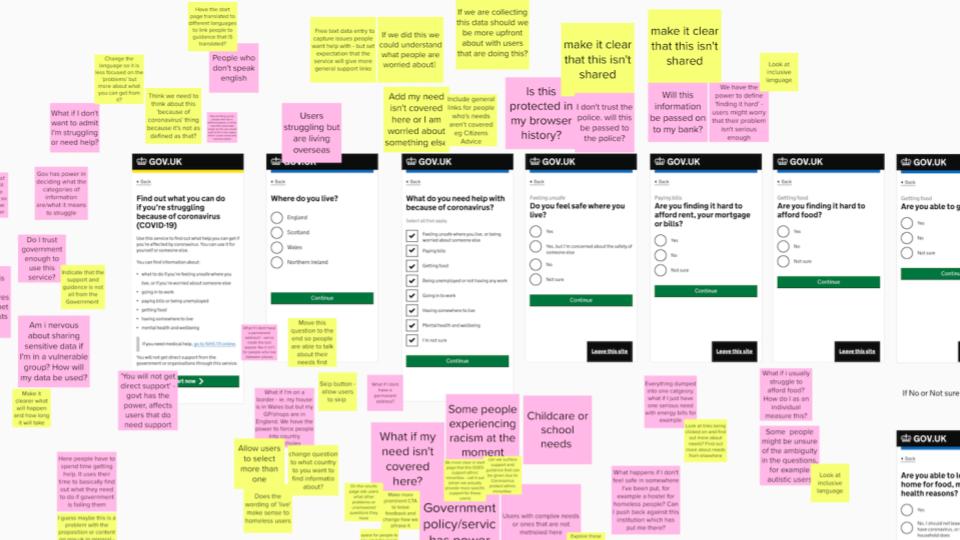
I co-ran workshops with Hannah Jump, senior service designers at GDS to help teams identify their position of power and privilege as product and service providers. Enabling critical reflection in a safe space, we supported teams to:
- reflect on their biases
- spot where users were being excluded
- propose ways they could improve or redesign the user journey
- explore ways in which they could shift power to more marginalised users
An example of this was for a Coronavirus team on GOV.UK. The coronavirus disparities report found that among others, black people, people born outside the UK, and people living in more deprived areas were more likely to die of coronavirus or be affected. So we decided to get the team to reflect on the design and technical decisions made when building one of the products intended to support users, and understand how they can make improvements for those more affected.
We did this by reviewing the user journey, identifying our position of power and privilege, and spotting areas where we were excluding users.
Another example of this was for the GOV.UK Accounts team. The team wanted to stress-test their user journey and make sure they were designing it in a way that was not excluding users from accessing critical government services.
Reducing cost using service design
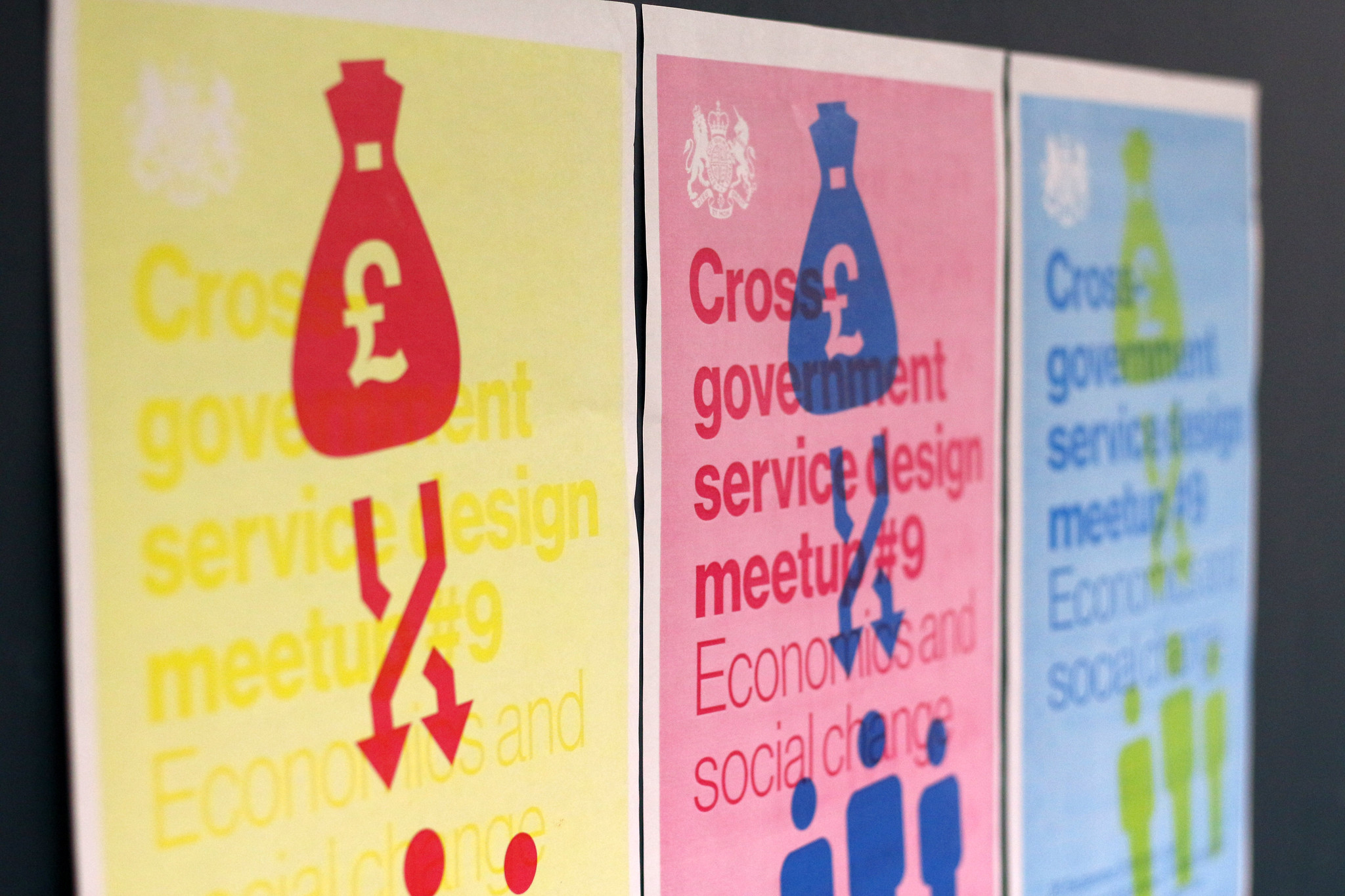
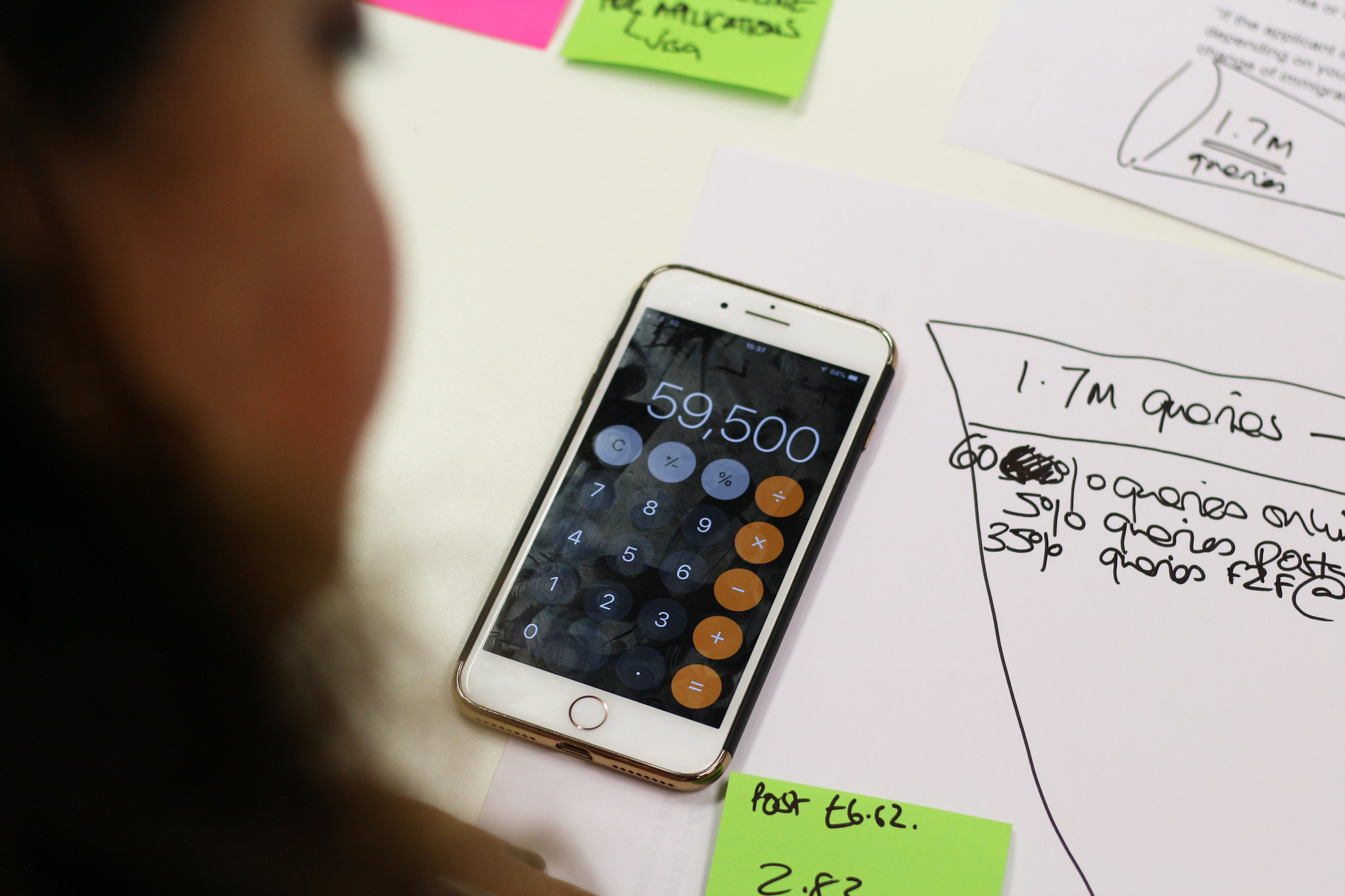
I ran with Martin Jordan an "Estimate the cost" workshop as part of the #9 Cross government service design meet-up.
The session aimed to equip designers with techniques to estimate the cost of problems with a product or service.
We asked designers to extrapolate the estimated weight of a user pain point, service failure, or waste point using data publicly available. For example, by number of calls, processing time, or user time spent of a task.
Using economics, designers can put numbers against pain points, and estimate how much money could be saved if tackling the issue. This helps to show the value of service design in a more tangible way, giving teams and senior leaders incentives to prioritise user centred design work to reduce the cost of services.
Users and user needs
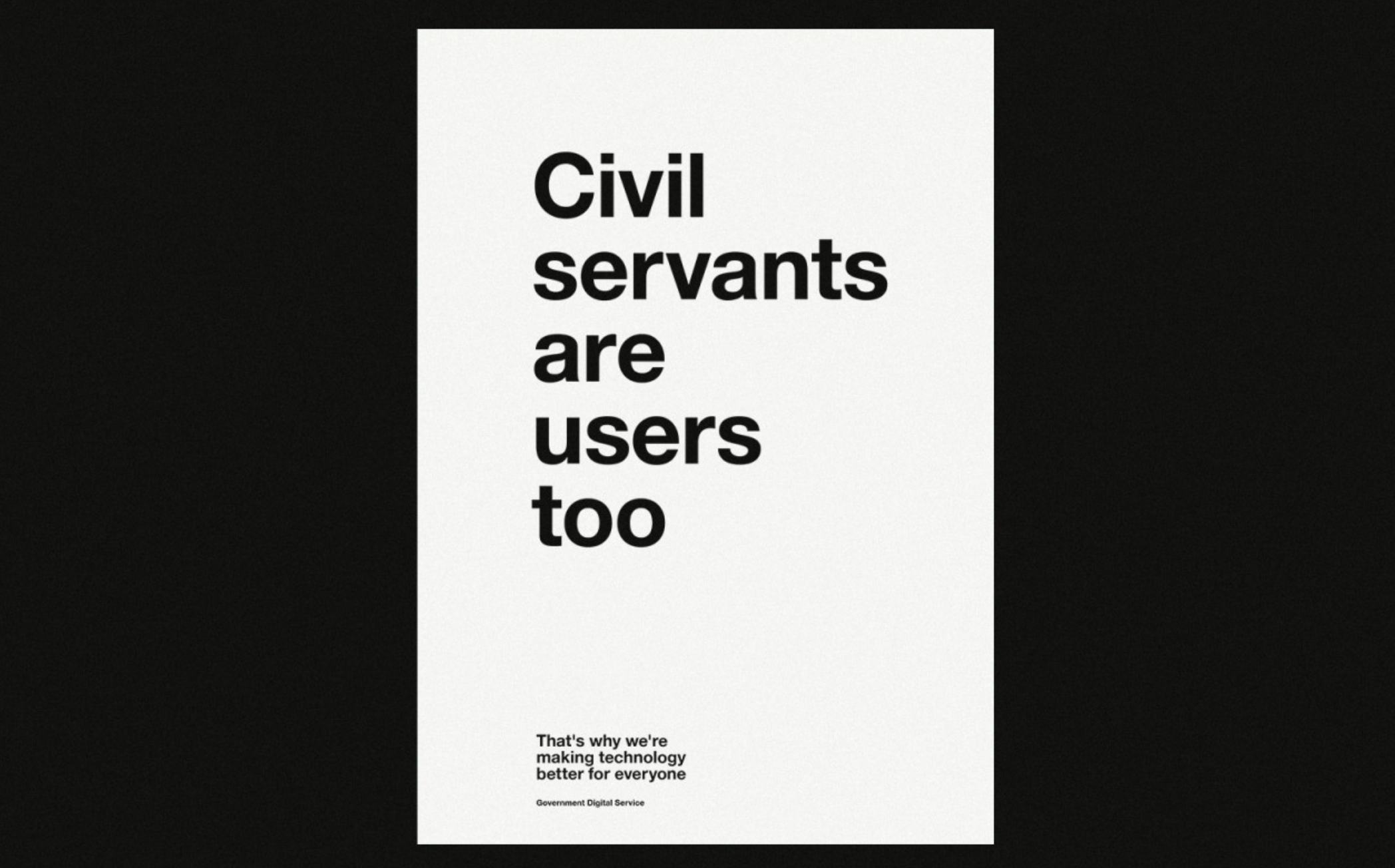
Together with Kate Ivey-Williams we ran a session for the Policy and Strategy team on GOV.UK to help identify what services they seek to provide, who their users are, and how to meet those needs.
At that time, the team was reviewing their proposition and mission statements. We identified an opportunity to support them by taking a user centred approach and helping them see their users (civil servants) as users too.
The session we ran covered:
- Definition of a service
- Who are users?
- User needs
- Where do they come from?
- Needs vs wants
- 5 tests for a good user need
- Understanding user needs